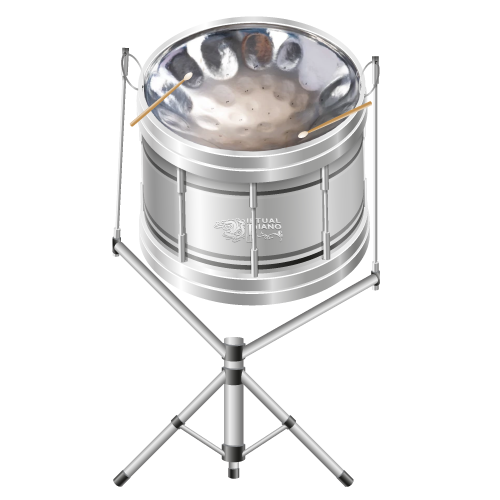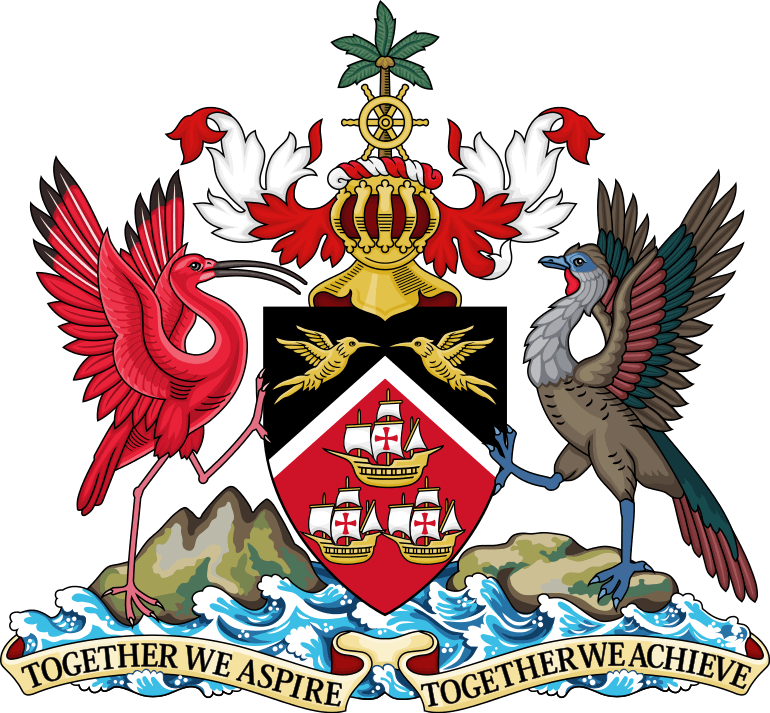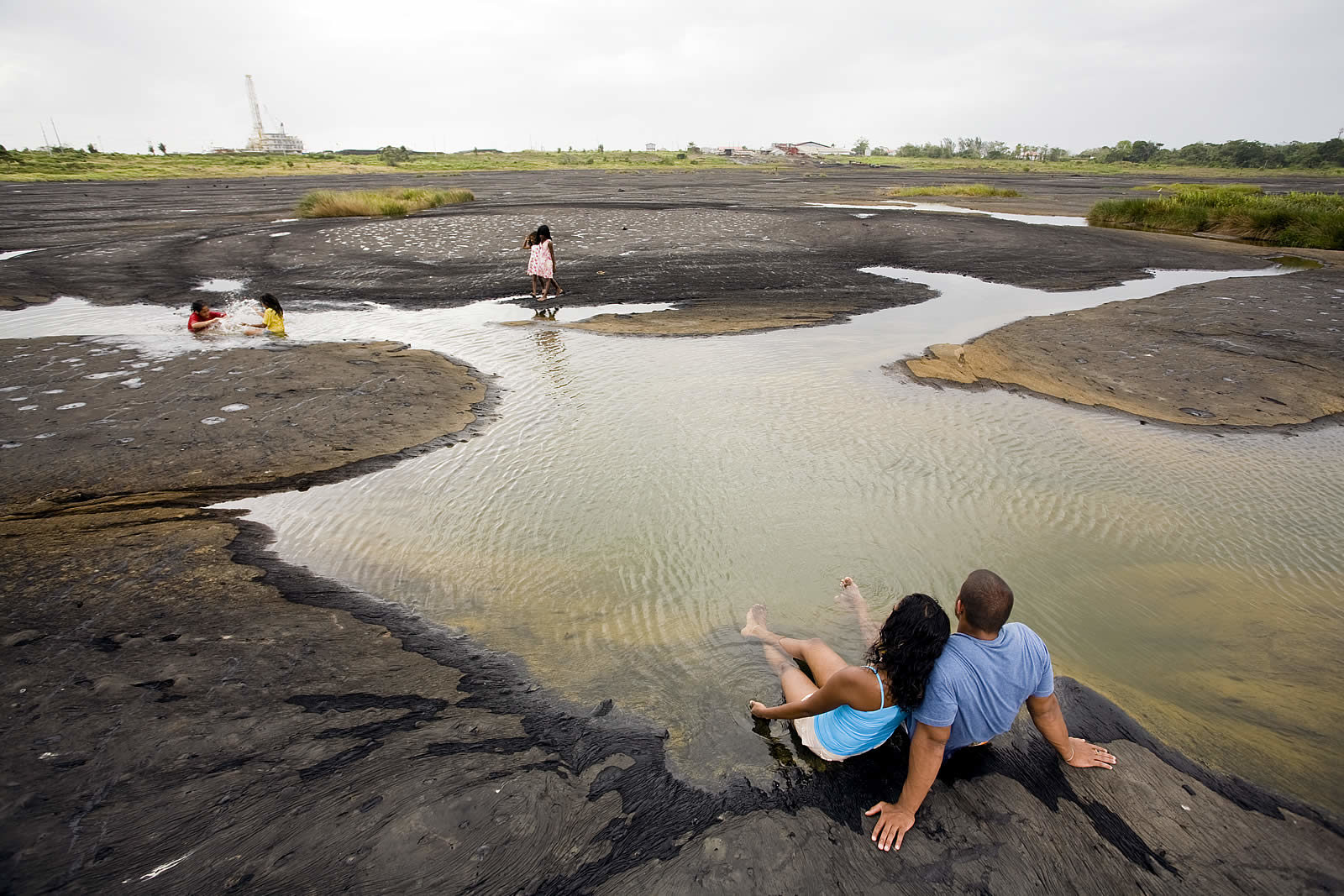7. Panama was Colombia, but Colombia did not want to make a US Channel in its territory but a French Channel, so US help local people to make a new country that had already some years before existed. On November 3rd, 1903, Panama left Colombia for becoming an independent nation with a big help from US who even paid 25 million dollar US to Colombia almost twenty years after for damages caused by its intervention. Better than in other places where they just invade and bye.
It is a pity they do not need to build a Channel through Catalonya for the US to help their independence. Visca Catalunya i el Barça.
9. Ceviche De Corvina (Sea Bass Ceviche)
Ceviche de Corvina is a famous food in Panama that you must try during your visit. The dish is made with fresh, raw sea bass marinated in lime juice, onions, cilantro, and chili peppers. The acid in the lime juice cooks the fish, resulting in a tangy and refreshing flavor.
You can either serve the dish as an appetizer or as a main course with rice and avocado. While ceviche does feature in various parts of Latin American cuisine, it is less common in other parts of the world. So if you’re visiting Panama and have not had it yet, this offers a unique and flavorful experience you won’t forget.
:max_bytes(150000):strip_icc()/__opt__aboutcom__coeus__resources__content_migration__serious_eats__seriouseats.com__recipes__images__2014__06__20140623-cook-the-book-ceviche-don-ceviche-paul-winch-furness-f15ba2c1a3d046fb953545a50c1353d4.jpg)
Seco
Panama is known for its unique alcoholic drink, seco, which has been a part of Panamanian culture for centuries. Most assume that rum is Panama’s national liquor, but it is actually seco. Seco has roots in Panama’s customs and traditions and is synonymous with festivals, parties and celebrations. Seco is a versatile spirit that can be enjoyed in many different ways, making it popular among Panamanians and visitors alike.
Seco is a triple-distilled white spirit made from 100% sugarcane juice. The flavor of seco varies depending on the region it originates from, but most versions are strong, sweet and slightly fruity. Seco is distinctive because of the way it’s made. Once the sugar cane is harvested, the juice is extracted using traditional methods and fermented with a natural yeast strain. The sugar cane juice is filtered three times, giving the liquor a clear color and high alcohol content. The result is a dry, 80-proof rum that has a smooth base for mixed drinks.
Seco’s distinctive smooth and neutral flavor sets it apart from other spirits. Its flavor makes it an excellent choice for cocktails and makes it an ideal replacement for rum and vodka in many mixed drinks. Seco can also be enjoyed alone as a sipping drink, allowing drinkers to savor its unique flavor profile. No matter how seco is enjoyed, it will bring an exciting twist to any occasion.
Traditionally, the only seco cocktails ordered were seco con vacaseco, which is seco with milk or coconut milk on ice, and chichita Panama, which is seco with grapefruit and pineapple juice on ice. However, seco can be mixed with almost anything, from tropical fruits to other liquors. Today, seco is part of the modern cocktail and mixology movements. Following the trend of using local products and ingredients, restaurants are renewing seco’s popularity by infusing the spirit with herbs and fruits and utilizing it in craft cocktails. Seco may also be used in marinades for meat and seafood dishes.
The most widely available and popular of brands of seco is Seco Herrerano. Seco Herrerano was made by the Varela family starting in 1908 in central Panama in the town of Pesé, near where the sugarcane is grown in Pese Valley. The family-run distillery dates back to 1936, producing more than a million cases of seco every year and sold to more than 65 countries around the world. Through Panamanians’ embrace of homegrown ingredients, authentic traditions and the country’s culture of hospitality, seco’s revival and popularity only continues to grow.
1. Steelpan
From its name, you may assume a steelpan is a kitchen utensil, but it is actually a musical instrument. It was also the only acoustic tool that was produced in the 20th century. The first models of this instrument were made using oil drums.
Steelpan also has the status of being the national instrument in Trinidad and Tobago. Many musicians also refer to them as pannists.

2. Land of the Hummingbird
- There are 18 species of hummingbird found in Trinidad, 14 of which can be seen in the gardens at Yerette.
- Tobago has 6 species, 5 of them are also found in Trinidad, and one is unique to the smaller island.
- The Amerindians, the original inhabitants of Trinidad and Tobago, believed that hummingbirds contained the souls of their ancestors.
- Hummingbirds are the major pollinators in Trinidad and Tobago. They pollinate over 8000 species of flowering plants.
- The hummingbird is on the national coat of arms, the currency, and the passport of Trinidad and Tobago.
- It is the symbol of Caribbean Airlines and the country’s post office.

https://www.birdscaribbean.org/2020/01/hummingbirds-tiny-but-mighty/
3. Limbo Dance
the limbo dance originated in this nation due to its African heritage. Dancers pass under various sticks in their performance. Some people in this nation can cross sticks with only a height of 8.5 inches.
You may also see thrilling performances where the bar is set on fire while the locals perform the dance.
4. Animals you only can find in Trinidad and Tobago
All info and photos taken from https://animalia.bio/endemic-lists/country/endemic-animals-of-trinidad-and-tobago
6. World’s Largest Natural Asphalt Deposit
La Brea Pitch Lake is a deposit that contains at least 10 million tons of asphalt. It is found in southwest Trinidad, and some people call it the eighth wonder of this planet.
You can walk over the lake while it produces hiss and bubble sounds. Small water pools may also develop on this lake during the rainy season.


8. Moruga Scorpion
Trinidad and Tobago is home to the Moruga Scorpion, which is consistently ranked as one of the world’s hottest peppers. The heat is potent. It was first grown in the historical village of Moruga in the south of the island, a place also credited with being the landing place of Christopher Columbus and home of the Merikins; a colony of African slaves who fought in the War of 1812 for the Americans against the British.
9. You Can Stand In The Center Of The Ocean
The Nylon Pool is a famous lagoon in the middle of the ocean. It has a sandy bottom, so you can stand in it with ease. The place is only reachable by a ship or other sea vehicles.
It is easy to identify the pool when you’re near it because it has a lighter color than the ocean. Imagine looking around, and all you see is the vast ocean.

10. Associating something with my own country (India) - Trinidad and Tobago has one of the biggest celebrations of Diwali.
What is Diwali? It's the Hindu festival of lights and symbolises the victory of light (good) over darkness (evil). Since the country has one of the largest Indian Populations, the festival is celebrated with a lot of enthusiasm.
Also, it happens to have the second largest Hanuman Murti (Hanuman statue. Hanuman is the half-monkey half-human Hindu God).

The Hanuman Murti in Trinidad and Tobago











